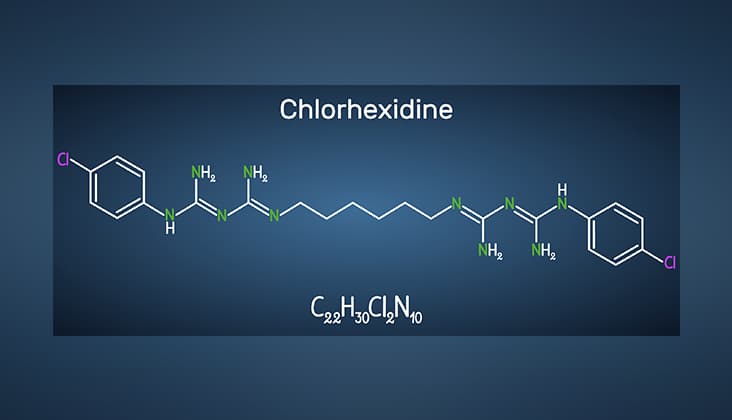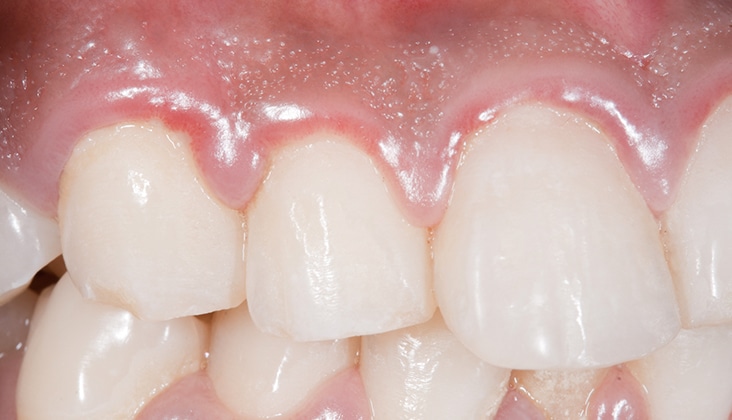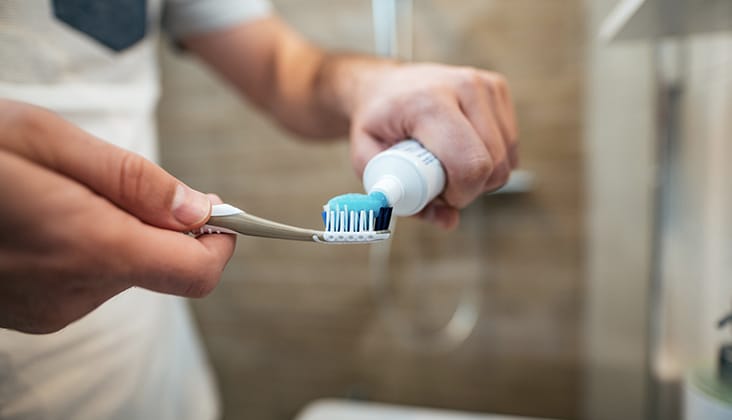Using Chlorhexidine Varnish to Reduce Caries Risk
To date, most of the research on 1% chlorhexidine in 1% thymol varnish (CTV) has been conducted on children, examining levels of mutans streptococcus (MS) and lactobacillus in saliva, and levels of MS in fissures in both primary and permanent teeth following varnish placement.







